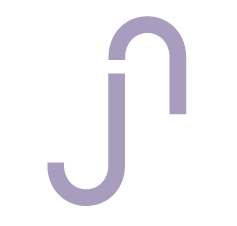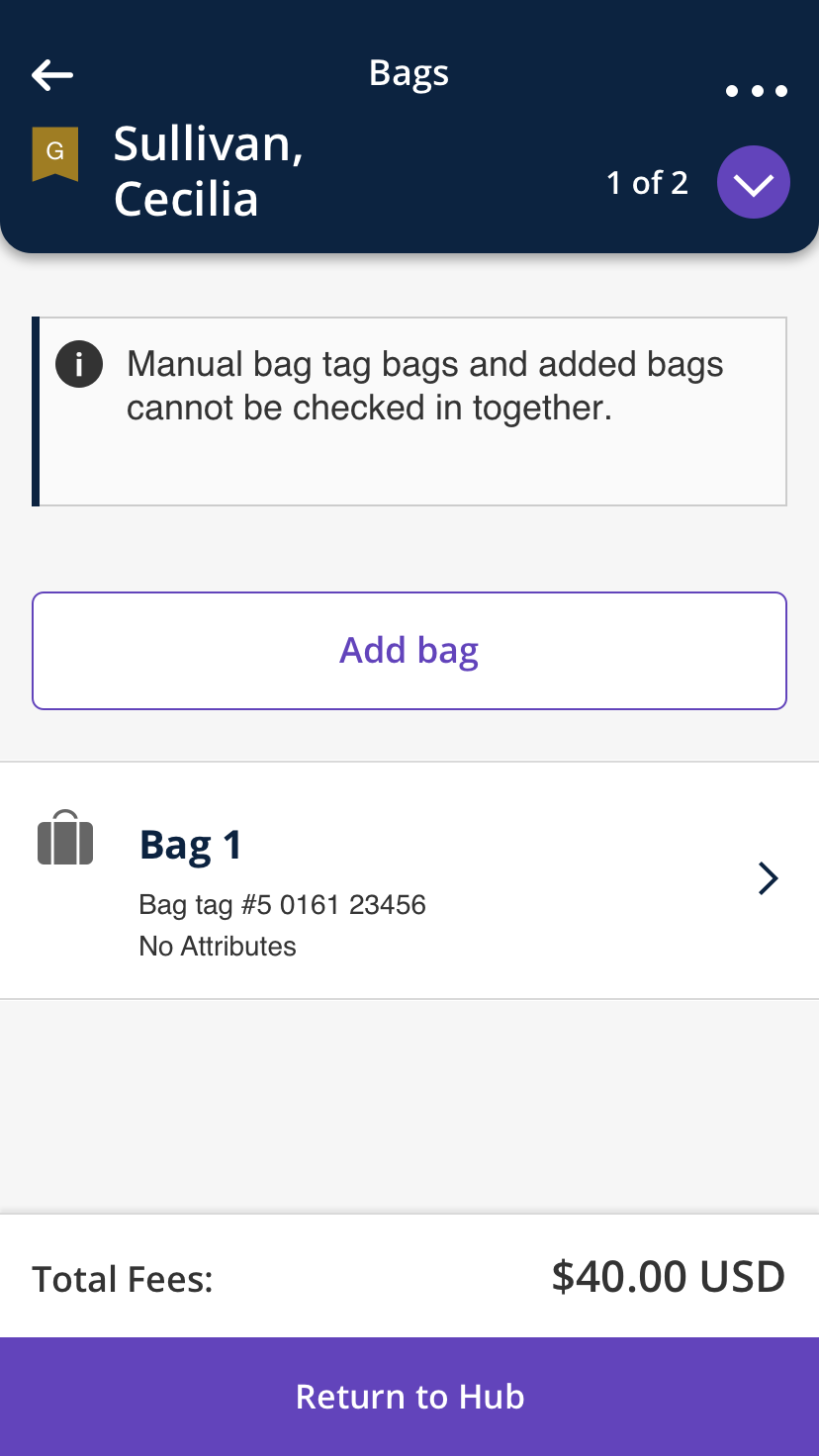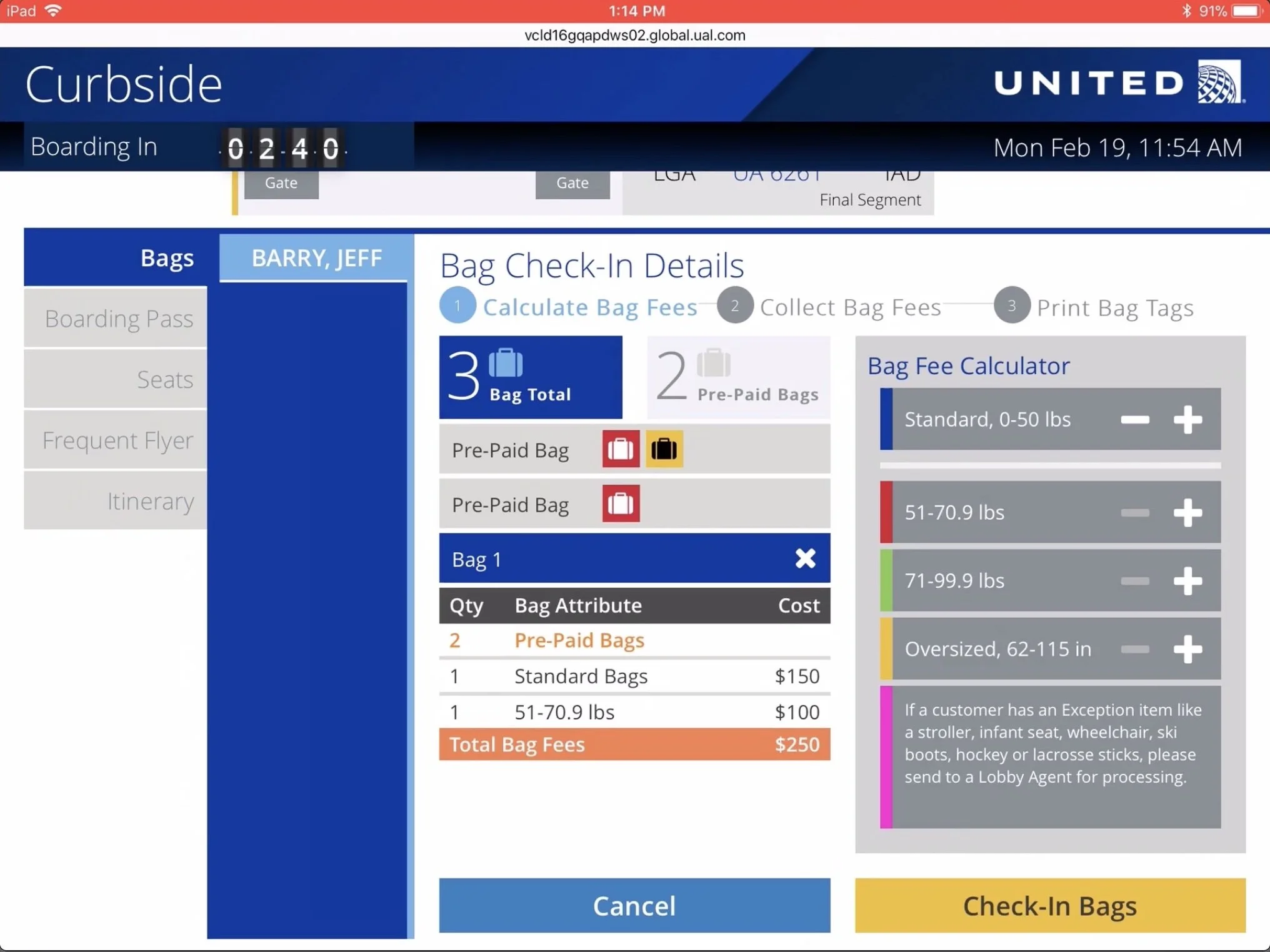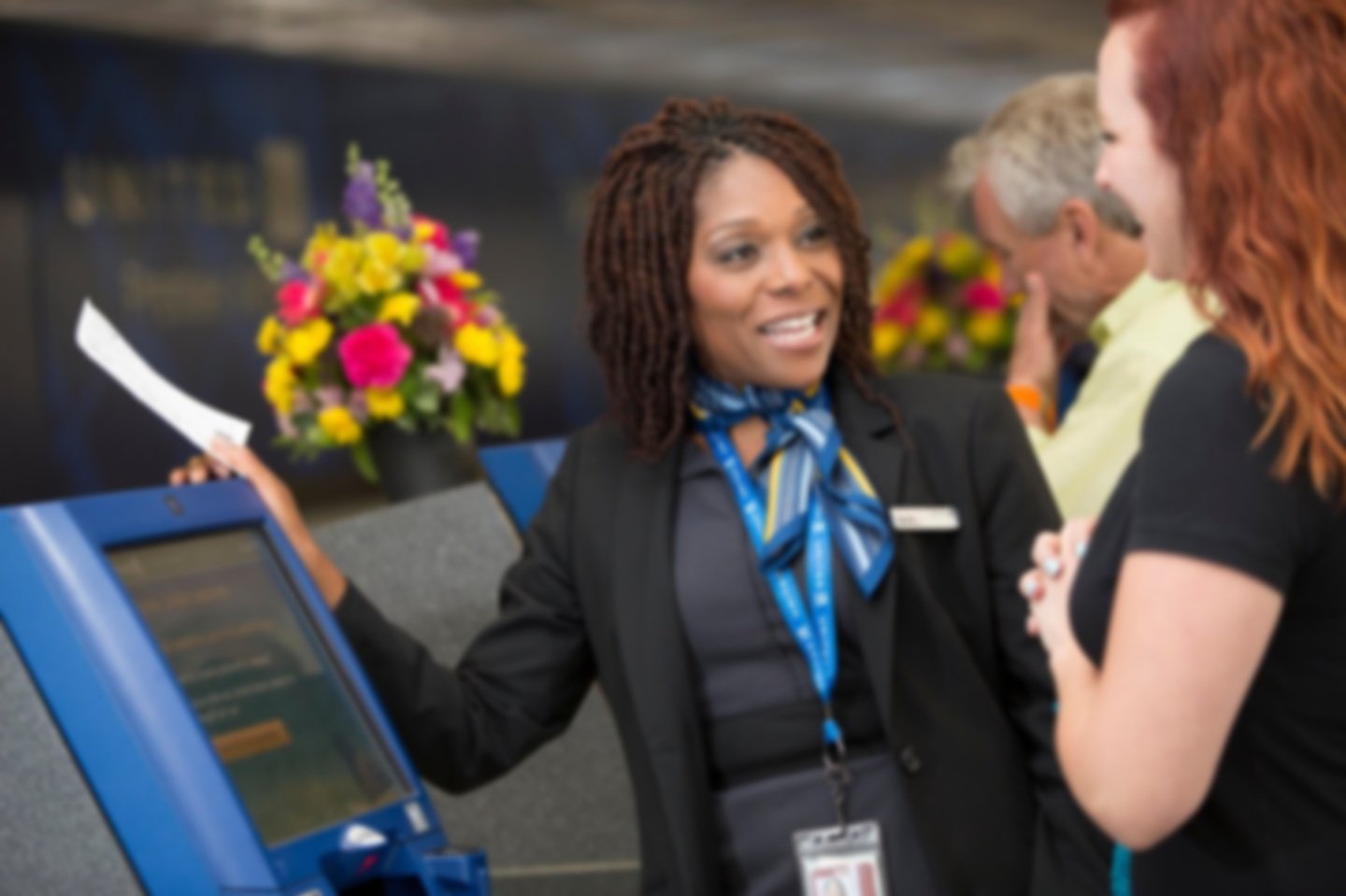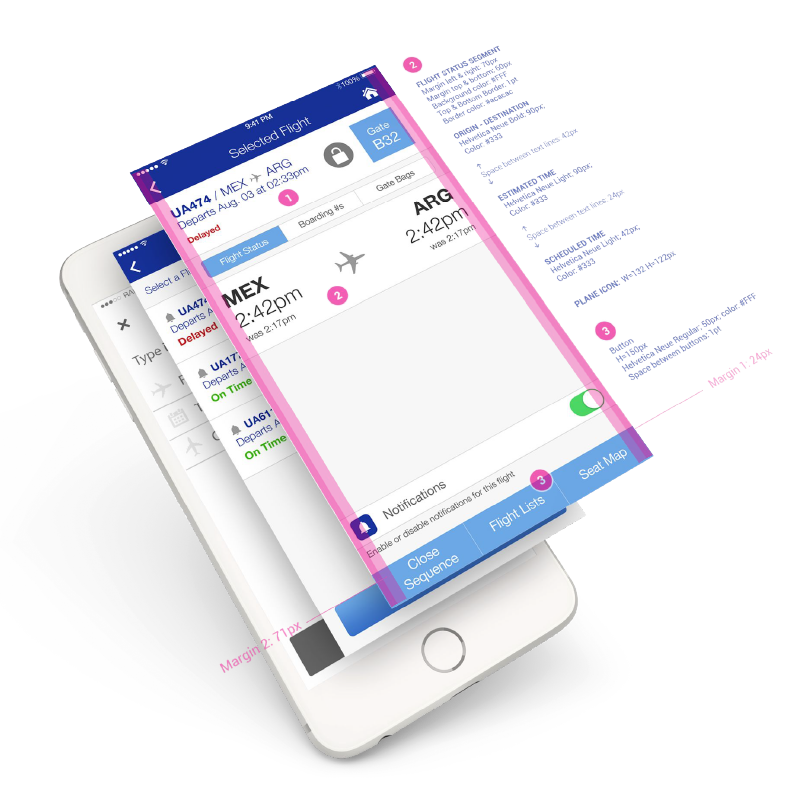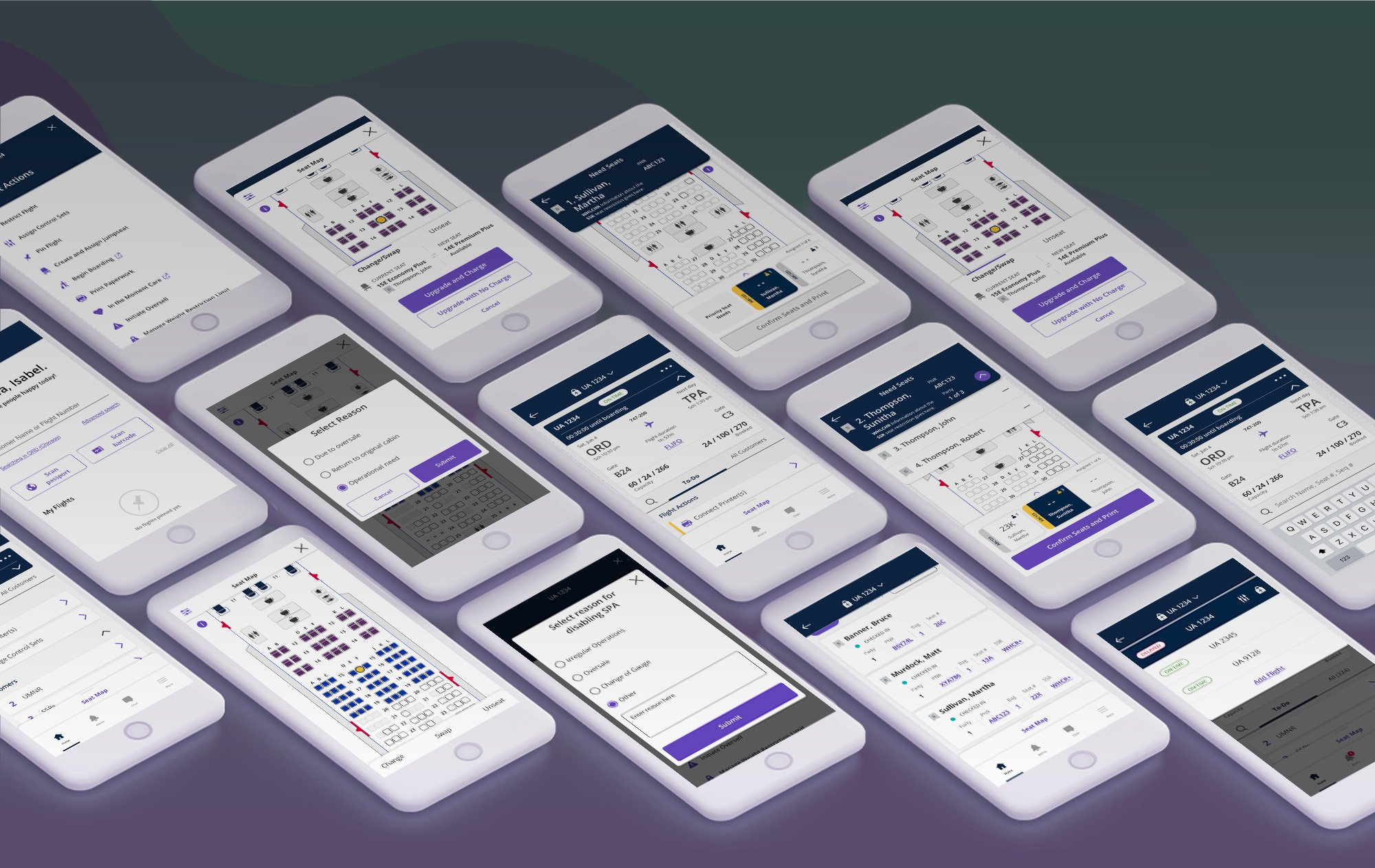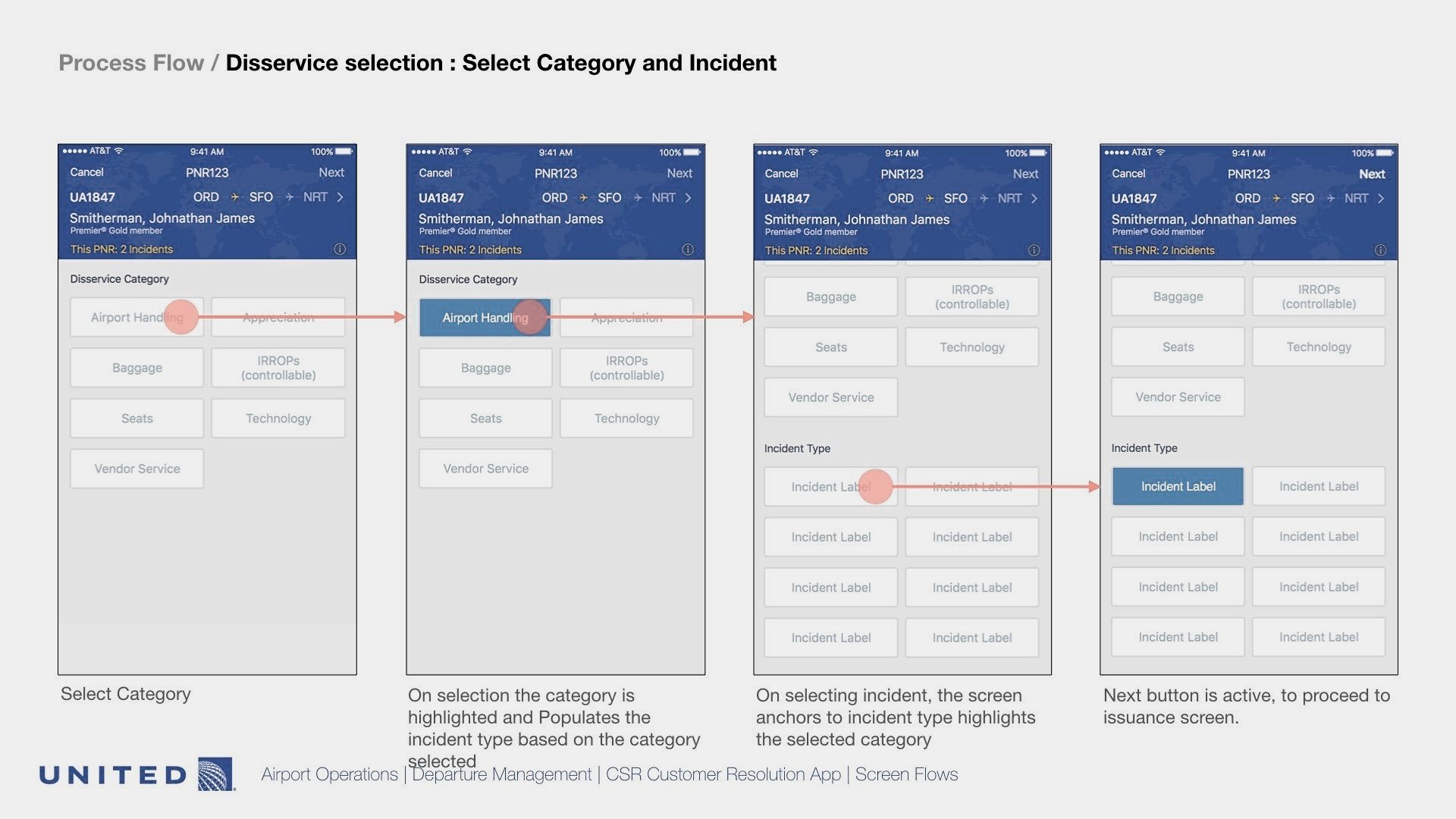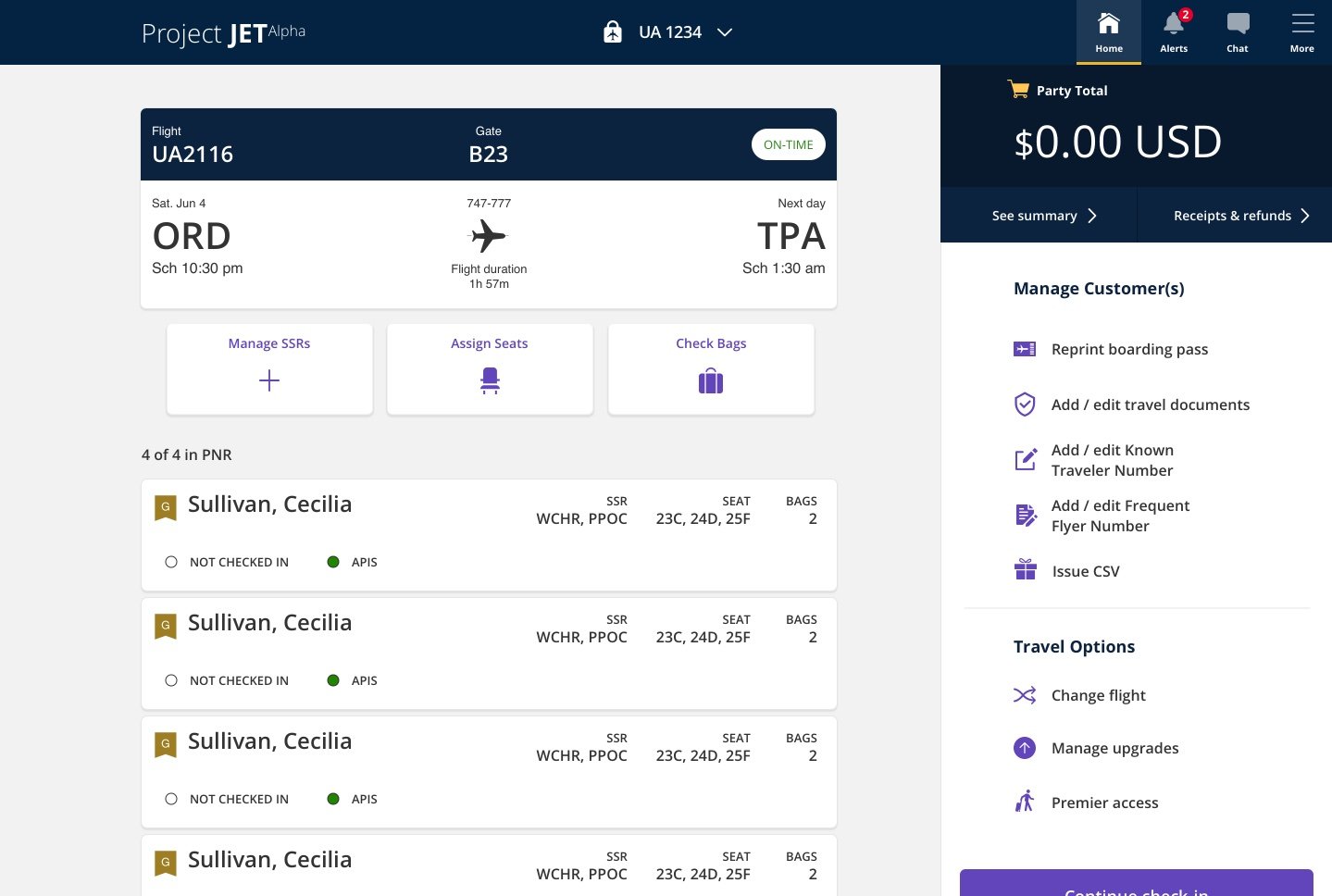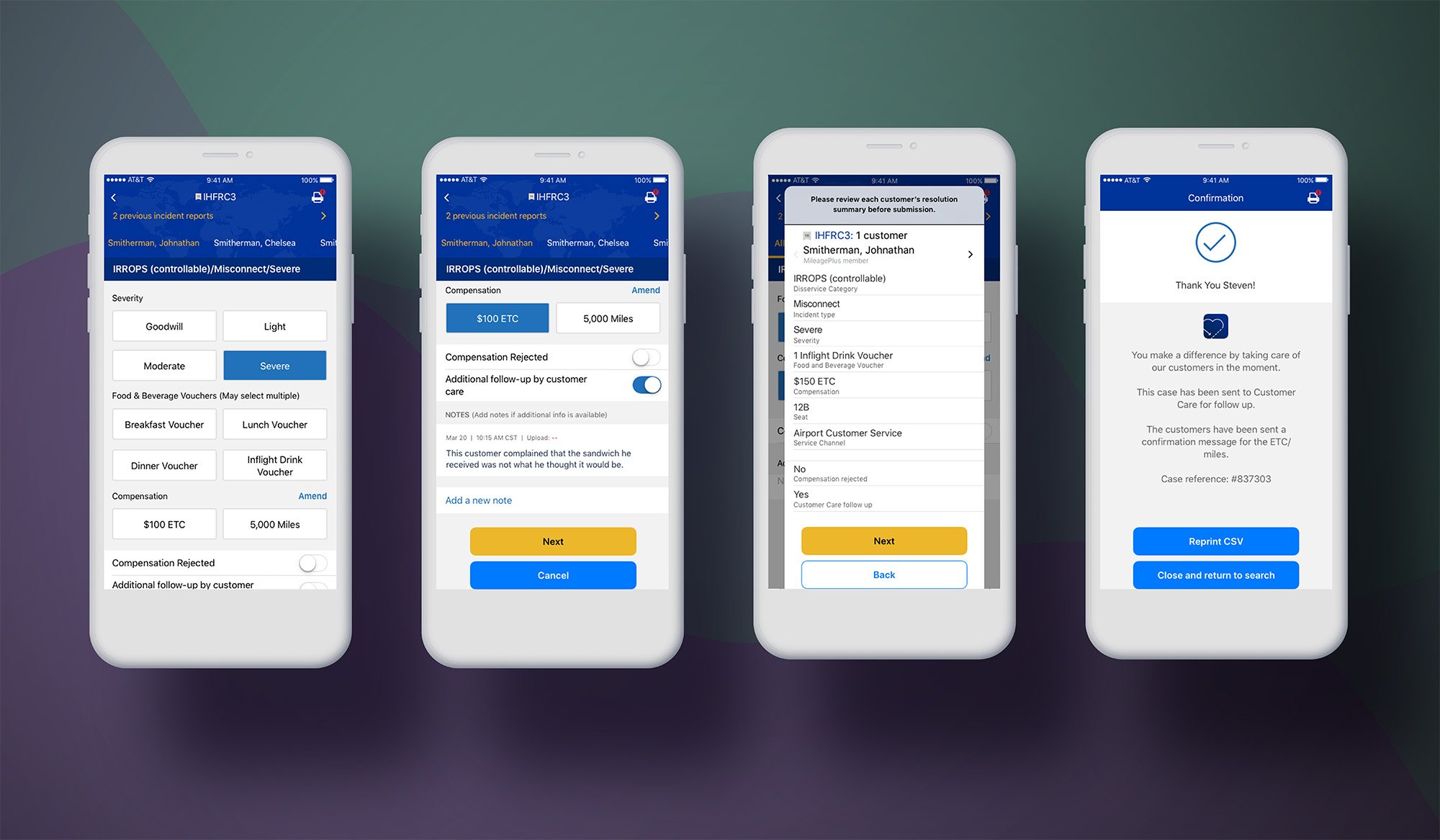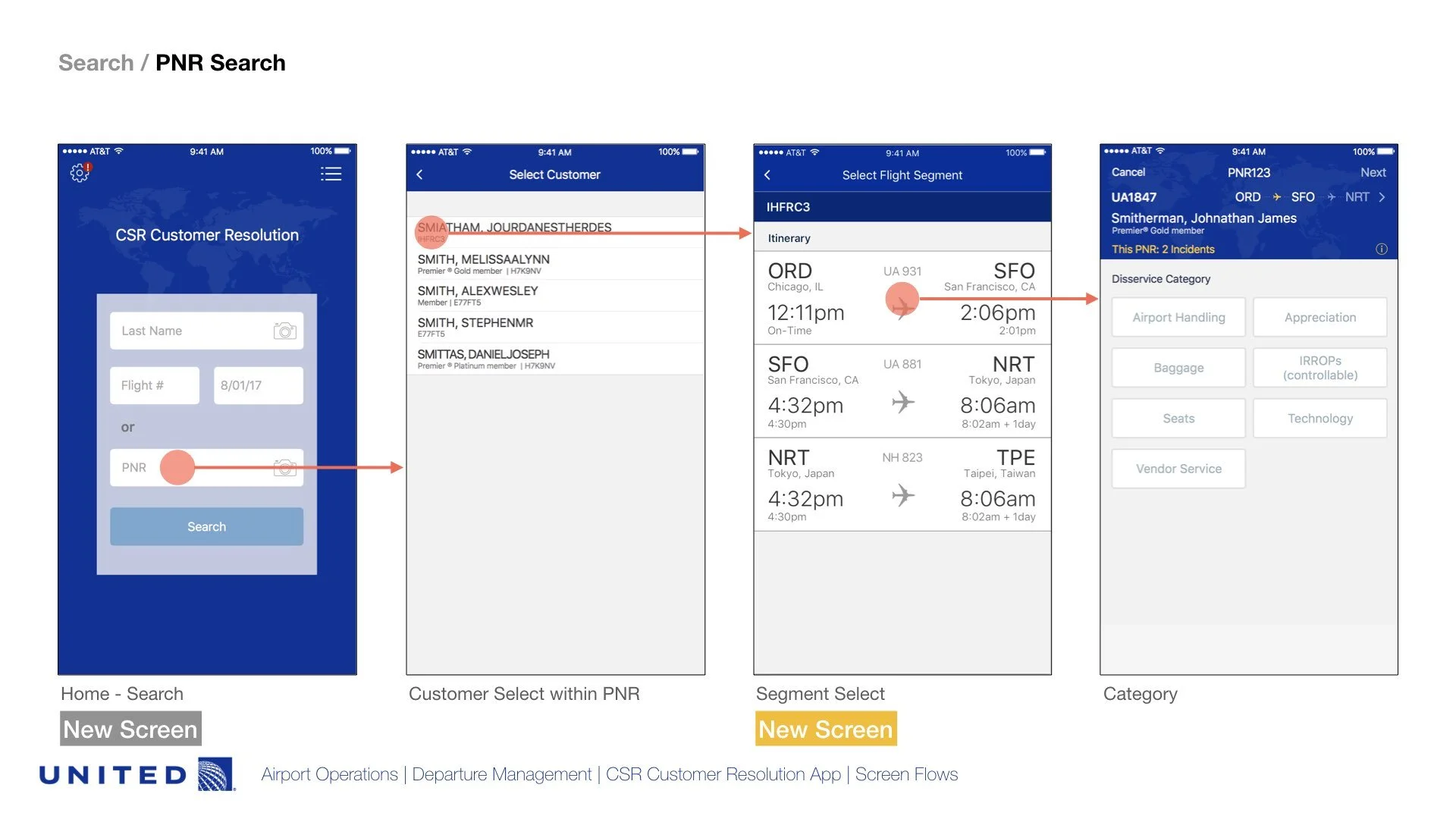
When Operations BX ≠ UX with CX:
Aligning business goals with strategic mobile product design for operational efficiency
Enterprise Product/ Mobile Leadership
From agile sprint planning, research and product design management
United Airlines hired me to establish, define and oversee the delivery of their first-ever agile global operations UX team. Previously, they had decentralized contract designers and engineers to design operational software in waterfall with significant cost overruns, release delays and poor agent (user) adoption. I stood up a team with zero bench available and implemented the first-ever agile design team.
Within six months we shifted from being task takers (overbuilding products), to deploying a team of researchers/strategists in the field (airports/flight) to identify key problems in Pivotal Moments™ with rapid workshops or systems assessments. My team released the first-ever mobile native app (iOS) for agents in the airline industry, converting legacy tools and “green screen” terminals into a fluid experience.
-
Shifting from a waterfall design approach and priority 1 proliferation, I implemented United’s first-ever agile design approach working in two-week sprints and backlogs that used WSFJ methods of scoring urgency and risk.
Result: Allowed on and offshore teams to migrate off of waterfall and into more efficient, agile deployments.
-
My global ops product design team continuously connected business with engineering teams on net new improvements or updates. We quickly realized that many of these requests came from airport teams with little context which created confusion in development.
Within weeks of proposing a product strategy/research team, I hired members to hop on daily flights for a day and meet with airport or inflight agents. I implemented rapid design thinking workshops with them to assess and define these “asks.” This either added clarity to a development need, or provided CX-EX (agent) recommendations on training, process, or systems improvements. Reducing development cost overruns between 12% to 43%.
-
There was quarterly discussion on expanding our Design Ops team into United’s first “Innovation Lab” but space was consistently a challenge to allocate between staff growth and building policies. (Even unused massive “closets” were off limits) We shifted to identifying airport spaces instead.
The focus was always a human centric goal rather than a tech focus achievement. My team worked on RFID wristband prototypes for unaccompanied minors. We evaluated CPU-less workstations using Samsung’s tech that ran off a mobile device. We also evaluated early biometric gate (pass-less) boarding.
Results: eliminated 21% of development cost overruns with newly implemented product evaluations and prioritizations that deferred EX training, process improvements, or systems latency.
-
Value Proposition with CX Success
Analytical CX and Business Measurement Alignment
Design Thinking Workshops on product roadmaps
Qualitative and Quantitative Research Analysis from Ethnographic to UX Testing
Persona Strategy Development
-
Journey Mapping with Change Management
Weekly Use Cases and User Story Development
Product Design Playbooks
User Experience Flows and Lightweight (Atom) Design System
Product Journey Touchpoints and Information Architectures
Enterprise Design Ops and Standards
User Flows and Activation Strategies
Rapid Prototyping and High-fidelity Wireframes with Requirements
-
Platform Maturity Readiness connected to UX Requirements
Product Feasibility Prioritization
Agile Sprint Grooming and Design Deployment Management
Product Lifecycles and Application sunsetting
IBM and PaaS tech
• $43.25 Bn in 2019, 4.74% YoY
• $6.7 Bn increase (2016 to 2019)
• +1,700,000 Flights/year +4,600 Flights/day
• 148 MM passengers (2017); 100 MM loyalty members
• 354 airports served, 74 countries
• 91,526 Employees: 23,065 Fight Attendants, 13,831 Pilots, 16,129 Airport Agents
• $43.25 Bn in 2019, 4.74% YoY • $6.7 Bn increase (2016 to 2019) • +1,700,000 Flights/year +4,600 Flights/day • 148 MM passengers (2017); 100 MM loyalty members • 354 airports served, 74 countries • 91,526 Employees: 23,065 Fight Attendants, 13,831 Pilots, 16,129 Airport Agents

Sequential (2wk) delivery sprints with zero downtime. Period.
"I think our customers need better service and better personalization today, that's what we are focusing on."
Oscar Munoz, November 9, 2017
13 Applications I managed and delivered at United (13)
Travel Case Studies:
After releasing a real-time In-the-Moment-Care mobile compensation app in only four months, Forrester measured a 3-point CX lift within the next year.
$3.49 x 48M =
Incremental revenue/customer x average customers/airline
$168M
Total revenue from CX lift
87.7 MM
Is what the aviation industry provides in total jobs worldwide
The Network
Want to how my holistic design leadership experience?
Reach out on how I have created greater customer and employee experiences. I have several case studies covering multiple industries and design challenges available in PDF.
